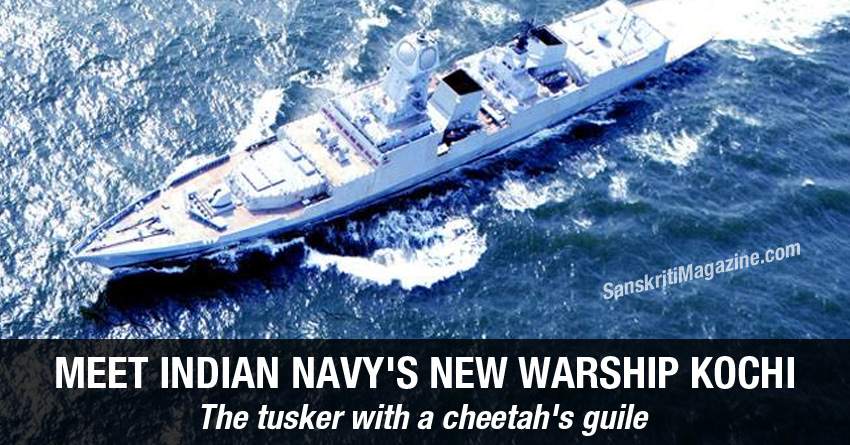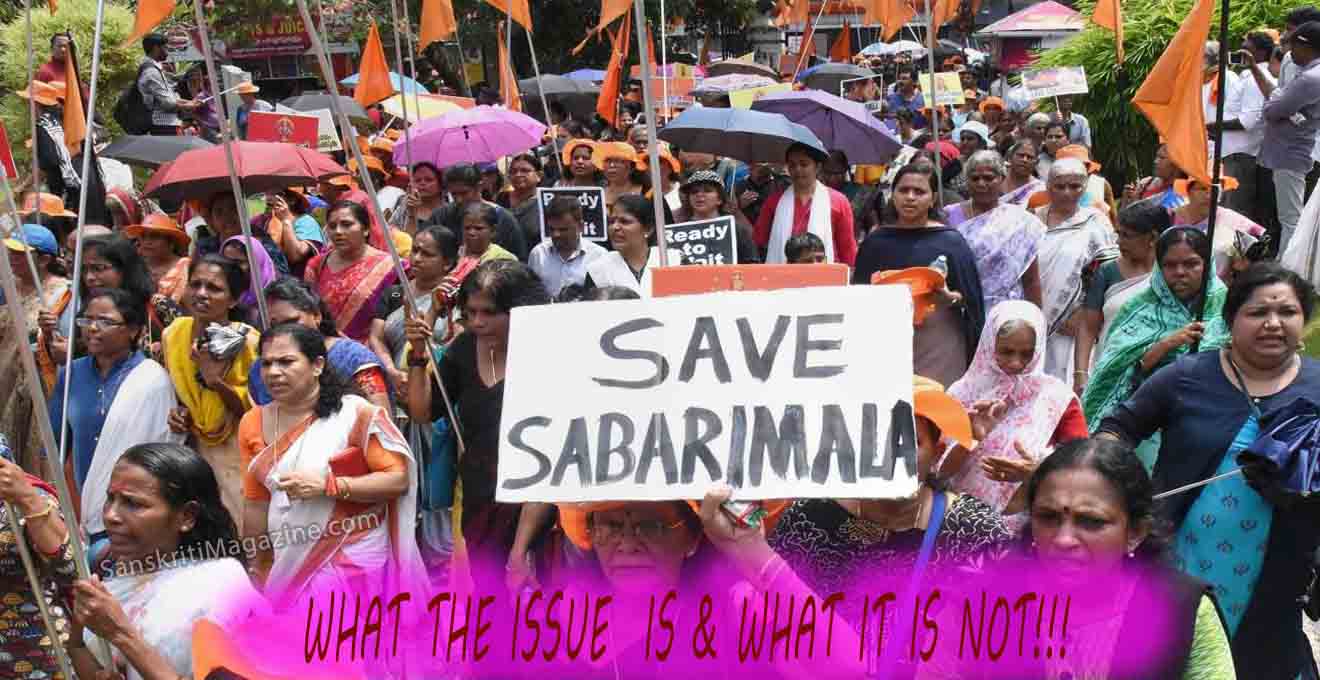In length, the Kochi measures 164m and at its widest, about 17m, and what gives her the speed of a cheetah are her four Ukrainian gas turbine generators and one diesel alternator which propel the ship to attain speeds in excess of 55 kilometers an hour, a breakneck speed at sea.
Sitting behind the tall gates of India’s most high-profile defence ship-builder, Mazagon Dock Limited (MDL) in Mumbai’s port-side suburb of Mazgaon, the engineer interjected. “Not ten years, she took about nine years and eleven months to be made. After all, every day counts,” he said.
On Wednesday, the Indian Navy (IN) will finally get its largest and most powerful vessel designed and completed in India, to date. Second ship of the project code-named 15A, this battleship is named ‘Kochi’ and shall have the pre-fix Indian Naval Ship (INS) once the commissioning takes place. The venue is the historic naval dockyard in the city which also doubles up as the country’s most fortified naval base where not even friendly navy vessels are allowed to berth.
In length, the Kochi measures 164m and at its widest, about 17m. When she moves, she displaces about 7500 tonnes of water and what gives this elephant the speed of a cheetah are her four Ukrainian gas turbine generators and one diesel alternator which propel the ship to attain speeds in excess of 55 kilometers an hour, a breakneck speed at sea.
Another area where this ship breaks new ground, like her predecessor INS Kolkata which got commissioned in August 2014, is in the area of sensors, systems and weapons. Kochi boasts of indigenously made torpedo launchers, rocket launchers, attack weapon for ships and targets along the surface, the long-range supersonic BrahMos missile (product of a Indo-Russian joint venture) as well as AK630 close in weapon as well as the 76mm Super Rapid Gun Mount (SRGM), the last two of which have been made in India under a transfer of technology agreement. Its main radar, which stands as the tallest physical feature is the multi function active phased array radar or the MF-STAR which is of Israeli origin. It has two more radars, of Indian and Russian origin.
The IN and the Defence Ministry are, not surprisingly, gloating over the ship. However, there are a few thorns in the flesh.
Ranking higher than the rest is the continued absence of primary defence against an incoming aerial threat, the vertical-launch Long Range Surface to Air Missile (LRSAM) or the Israeli-Barak 8 missile. This weapon, which can defend the ship from a range as close as 500m to 70km is work in progress. Navy is assured that the first LRSAM system will be available for testing onboard INS Kolkata before the calendar year ends. “After that it is a matter of production,” said a source.
Another area of concern is the missing Active Towed Array Sonar (ATAS), which works as a bunch of cables lowered from the rear of the ship to pick up underwater signals which can be the decider when it comes to a contest between a surface ship and a submarine. While its procurement has been cleared by the Defence Ministry, its installation is atleast a year away. The ship has a bow-mounted sonar, the HUMSA (Next Generation) which has been developed in-house however the two systems complement one another. “HUMSA (NG) is a very good sonar however given that it is embedded in the ship’s structure will invariably lead to it being affected by noise emanating from ship’s own engines. That is where ATAS, given that it is detached, helps us. They both, working in tandem, is what we want,” said a source.
The warship which can carry a compliment of 350 sailors and 40 officers also has two exclusive hangars to load and carry Seaking42B helicopters of the IN. These copters, among other roles, are the best tools when it comes to submarine detection. However, an acute shortage of helicopters, of all kinds, thanks to a convoluted procurement process means there are no choppers to spare. However, sources said, “Flying helos in an integral manner with a ship as a concept is dead in the navy. This paucity and maintenance issues have led us to a situation where we lend helicopters to ships when they need it. Otherwise, they are at shore-based facilities.”
The ship is under the command of Captain Gurcharan Singh, a second-generation naval officer, who is a gunnery specialist. Speaking to this correspondent, he said, “We are more than adequately armed notwithstanding the factors you’ve listed. Be rest assured, we will give a bloody nose if it comes to that.” His crew has been together for over a year now, learning, training on the job as newer systems are installed by equipment manufacturers. “We can’t have technicians coming in to repair, when in action. So, our sailors master equipment and officers look at systems. All expertise is available in house,” said an officer.
Navy’s ‘networked’ capabilites, enhanced in no small measure by the dedicated satellite Rukmini, means Kochi like any other ship at sea and key instalations on shore remain on the same page. “Threats, action being taken, weapon used etc is known to all on a real-time basis be it a a plane, a submarine, a small ship, a ship like Kochi as well as those who need to know on shore,” explained a source. “Frankly, the only thing which can really hit us is a ballistic missile but nobody fires one on a moving target like a ship, so we are practically impenetrable,” he added.
Finally, the Kochi also relies, like most modern ships, on ‘on-line’ applications when it comes to moving, maneuvering and even attacking or defending. It also means it has a lot of fear and protect in terms of cyber hazards. Kochi speaks of Integrated Ship Data Network (ISDN), Combat Management System (CMS), Automatic Power Management System (APMS) and Auxiliary Control System (ACS) among other things. “Accessing internet from the ship is banned totally. We solely rely on our systems for communication,” said an officer. Attacks occur and are fought on an everyday basis. Sources said these attacks would emanate from countries like China, Pakistan and even Russia. “Everyone’s curious to find out more,” smiled a naval officer.
Builder Speaks
Luckily, the navy won’t have to wait too long to get the third and final ship of this project. By all estimates, the Chennai should be commissioned before the end of the current financial year. “Subsequent projects will see us delivering ships in a time frame of about 5 and half years. We have invested about Rs 800 crore and completed the required modernisation for this,” said Rear Admiral Rahul Shrawat (Retd), Chairman and Managing Director, MDL. When asked about the cause of delays, he said, “The yard, on so many occassions, is ready and waiting for equipment to come in and the design to be frozen. That is an issue which if sorted will mean shorter timelines.” He added that the Kochi had achieved overall indigensation to the extent of 60 per cent, “Whichever way you may look at it, 60 per cent is the minimum.”











